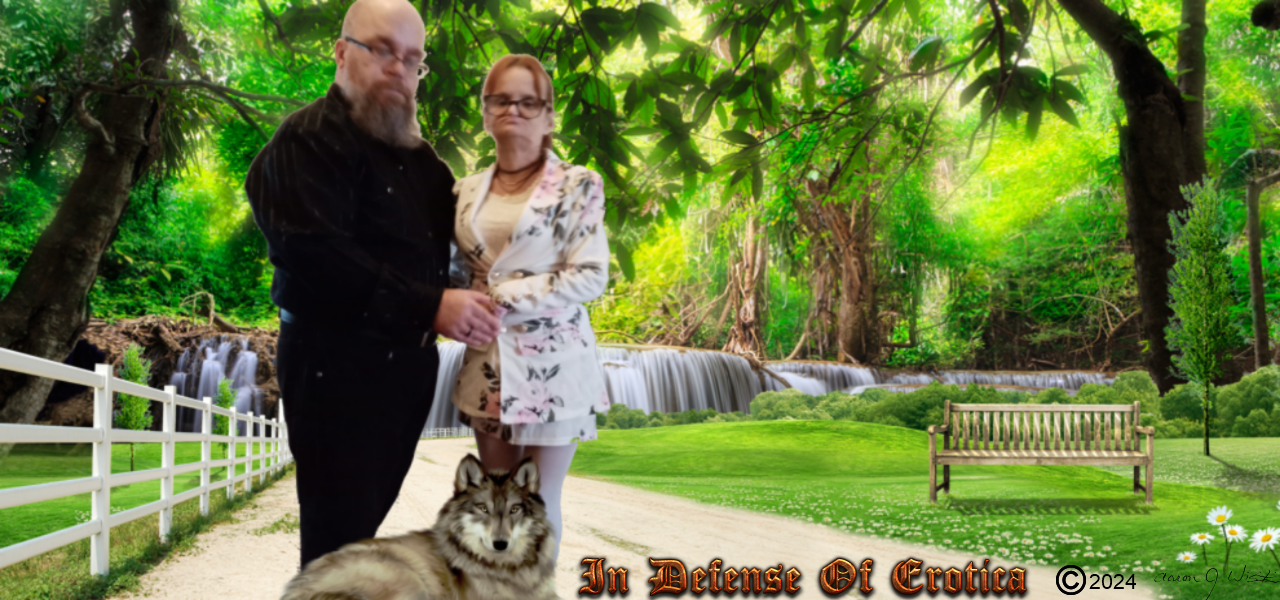- Buddhism: Sensual presence as a path to mindfulness and awakening.
Deep connection with the present moment mirrors spiritual awareness.
The Parable of the Lotus and the Pond:
In a peaceful pond nestled deep in the forest, a lotus bloomed. Its petals were soft, unfolding slowly to reveal its vibrant colors. The monk, known for his wisdom, sat near the pond and gazed at the lotus with deep appreciation. He said to his disciples, "Do you see how the lotus opens? It does not shy away from the sun’s warmth, nor does it hide from the rain. It accepts the elements with grace, allowing them to nourish its beauty. In the same way, we must embrace the sensations of the world—our bodies, our desires, and our experiences—without fear or shame. The lotus does not seek to be something other than what it is. It does not reject the sunlight or the rain, for it knows that each moment nurtures its full potential."
The disciples looked at the lotus and realized that, much like the flower, true mindfulness and spiritual awakening come from accepting all of life’s experiences, including the sensual, with presence and reverence. In this acceptance, they could see the divine at work, creating beauty in every moment.
Lesson: Sensuality, like the lotus, is not to be rejected but embraced as a natural part of life’s journey, leading us to deeper understanding and connection with the Creator.
- Stoicism: Recognizing and appreciating beauty without excess.
"Beauty lies in harmony, and harmony is divine." - Epictetus.
The Parable of the Sculptor and the Stone:
A skilled sculptor was known throughout the land for his masterpieces, each stone he shaped becoming a testament to his talent and vision. One day, a young apprentice asked him, "Master, how do you know when a sculpture is complete?" The sculptor paused and replied, "When I look at the stone, I see its potential, the beauty that already lies within it. My job is not to force the stone into a shape, but to reveal what is hidden, to bring forth the natural form. Excess would ruin the balance. Too much shaping, too much alteration, would distort the true essence of the stone."
The apprentice watched as the sculptor worked, his hands gently and precisely carving away small pieces. In the end, the sculpture was perfect, a harmonious balance of form and beauty. "Erotica," the sculptor continued, "is like this sculpture. It is not about excess, nor about suppressing the natural expression of beauty. It is about appreciating and revealing the divine within, without distortion or shame."
Lesson: Erotica, when approached with care and respect, is a form of art that reveals the natural beauty of human connection. It is not about excess or indulgence but about honoring the divine harmony present in our desires.
- Biblical Insight: Solomon’s wisdom invites us to see love as a divine force.
The celebration of intimacy mirrors God’s love for creation.
The Parable of the Vineyard:
A king had a vineyard, and he tended to it with great care. He planted the finest grapes, ensuring that each vine had the right amount of sunlight, water, and space to grow. Over time, the vines grew tall and strong, producing clusters of grapes that were plump and ripe. One day, a visitor came to the vineyard and asked the king, "Why do you take such care in nurturing these vines?"
The king smiled and said, "I care for them because the fruit they bear is a gift. In the same way, the love between two people is a sacred gift. When we tend to it with care, when we allow it to grow in a safe and nurturing space, it becomes something pure and beautiful. Just as the grapes transform into wine, love transforms into a deeper connection with the Creator. Erotica, when nurtured with respect and reverence, is a way of honoring the divine by celebrating the beauty of human love and connection."
Lesson: Just as the vineyard bears fruit through careful tending, love and intimacy, including erotica, can bear spiritual fruit when approached with reverence, care, and respect for the divine.
